Which of the following graphs is not for zero order reaction?

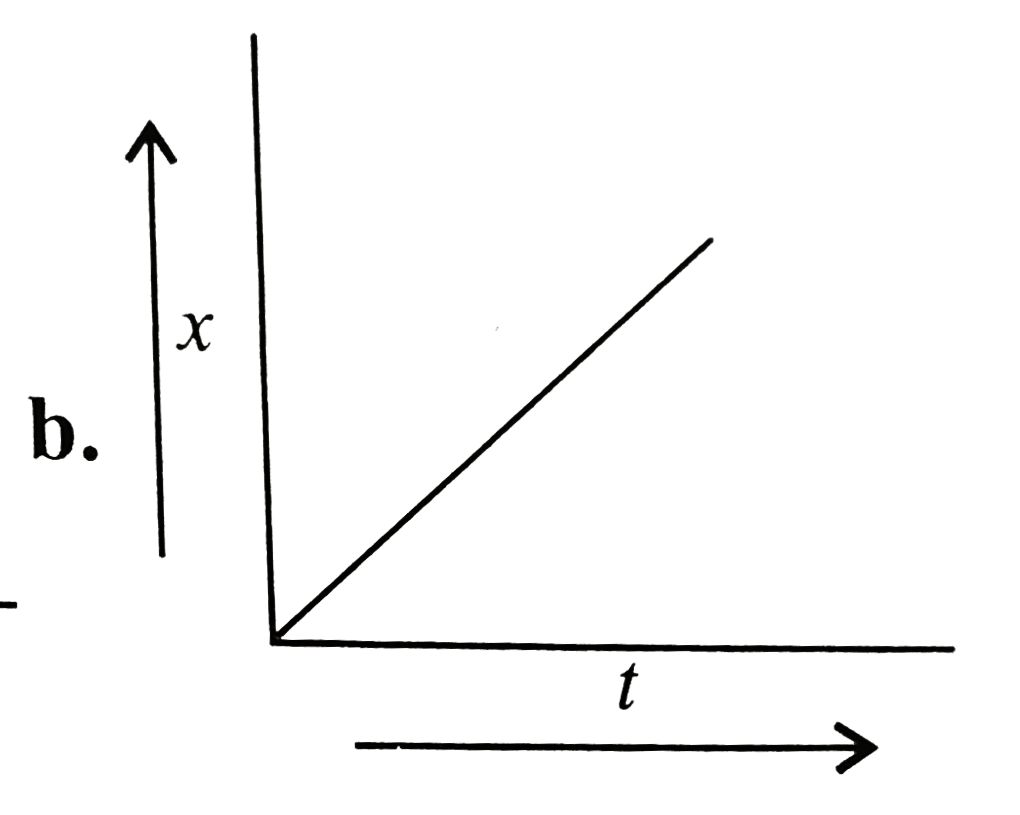
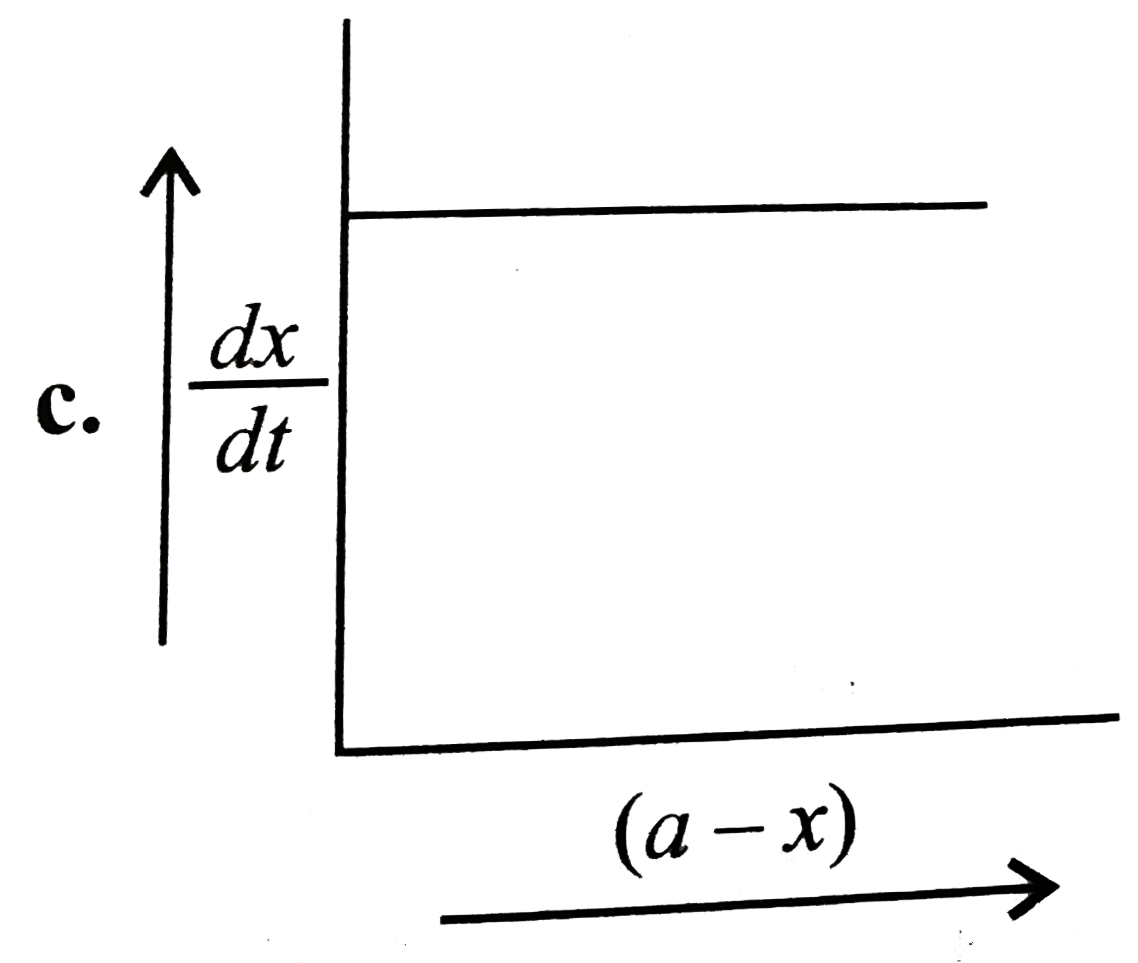

The correct Answer is:D
To determine which of the given graphs is not for a zero-order reaction, we will analyze each option based on the characteristics of zero-order kinetics.
1. Understanding Zero-Order Reactions:
- In a zero-order reaction, the rate of reaction is constant and does not depend on the concentration of the reactants. The rate equation is given by:
Rate=k
- The integrated rate law for a zero-order reaction can be expressed as:
(A)=(A0)−kt
- The half-life of a zero-order reaction is given by:
t1/2=(A0)2k
- The concentration decreases linearly with time.
2. Analyzing Option A:
- The graph plots half-life (y-axis) vs. concentration (x-axis).
- Since the half-life is directly proportional to the initial concentration in zero-order reactions, this graph represents a linear relationship.
- Conclusion: Option A is consistent with zero-order kinetics.
3. Analyzing Option B:
- The graph plots concentration (y-axis) vs. time (x-axis).
- For a zero-order reaction, the concentration decreases linearly over time, which means this graph will also be a straight line.
- Conclusion: Option B is consistent with zero-order kinetics.
4. Analyzing Option C:
- The graph plots the change in concentration over time (dx/dt) vs. concentration.
- In a zero-order reaction, the rate (dx/dt) is constant, meaning this graph will show a constant value regardless of concentration.
- Conclusion: Option C is consistent with zero-order kinetics.
5. Analyzing Option D:
- The graph plots log(A - x) (y-axis) vs. time (x-axis).
- This relationship is derived from first-order kinetics, where:
log(A−x)=logA−k2.303t
- This indicates a linear relationship with a negative slope, characteristic of first-order reactions.
- Conclusion: Option D does not represent a zero-order reaction.
Final Answer:
The graph that is not for a zero-order reaction is Option D.
- In a zero-order reaction, the rate of reaction is constant and does not depend on the concentration of the reactants. The rate equation is given by:
Rate=k
- The integrated rate law for a zero-order reaction can be expressed as:
(A)=(A0)−kt
- The half-life of a zero-order reaction is given by:
t1/2=(A0)2k
- The concentration decreases linearly with time.
- The graph plots half-life (y-axis) vs. concentration (x-axis).
- Since the half-life is directly proportional to the initial concentration in zero-order reactions, this graph represents a linear relationship.
- Conclusion: Option A is consistent with zero-order kinetics.
- The graph plots concentration (y-axis) vs. time (x-axis).
- For a zero-order reaction, the concentration decreases linearly over time, which means this graph will also be a straight line.
- Conclusion: Option B is consistent with zero-order kinetics.
- The graph plots the change in concentration over time (dx/dt) vs. concentration.
- In a zero-order reaction, the rate (dx/dt) is constant, meaning this graph will show a constant value regardless of concentration.
- Conclusion: Option C is consistent with zero-order kinetics.
- The graph plots log(A - x) (y-axis) vs. time (x-axis).
- This relationship is derived from first-order kinetics, where:
log(A−x)=logA−k2.303t
- This indicates a linear relationship with a negative slope, characteristic of first-order reactions.
- Conclusion: Option D does not represent a zero-order reaction.
The graph that is not for a zero-order reaction is Option D.
Topper's Solved these Questions
- BOOK - CENGAGE CHEMISTRYCHAPTER - CHEMICAL KINETICSEXERCISE - Solved Example52videos
CHEMICAL KINETICS
- BOOK - CENGAGE CHEMISTRYCHAPTER - CHEMICAL KINETICSEXERCISE - Ex 4.1 (Objective)9videos
CHEMICAL KINETICS
- BOOK - CENGAGE CHEMISTRYCHAPTER - CARBOXYLIC ACIDS AND THEIR DERIVATIVESEXERCISE - Exercises Archives (Analytical And Descriptive)34videos
CARBOXYLIC ACIDS AND THEIR DERIVATIVES
- BOOK - CENGAGE CHEMISTRYCHAPTER - COORDINATION COMPOUNDSEXERCISE - Archives Subjective18videos
COORDINATION COMPOUNDS
Similar Questions
Knowledge Check
- Question 1 - Select One
Which of the following graph is correct for zero order reaction?
A B
B C
C D
D
- Question 2 - Select One
Which of the following graphs is for a second order reaction?
A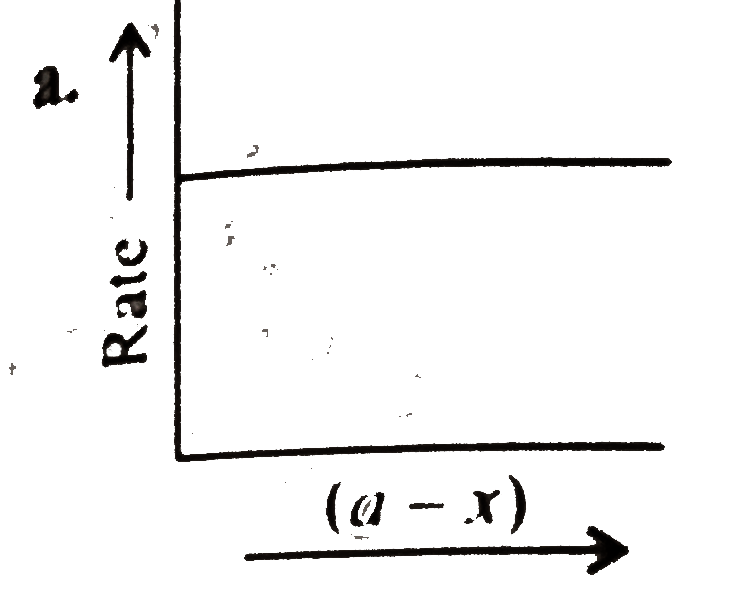 B
B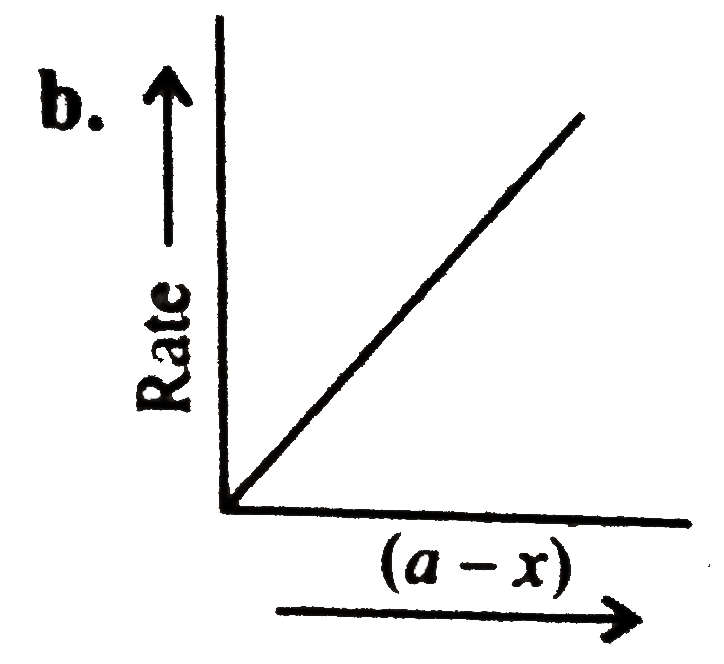 C
C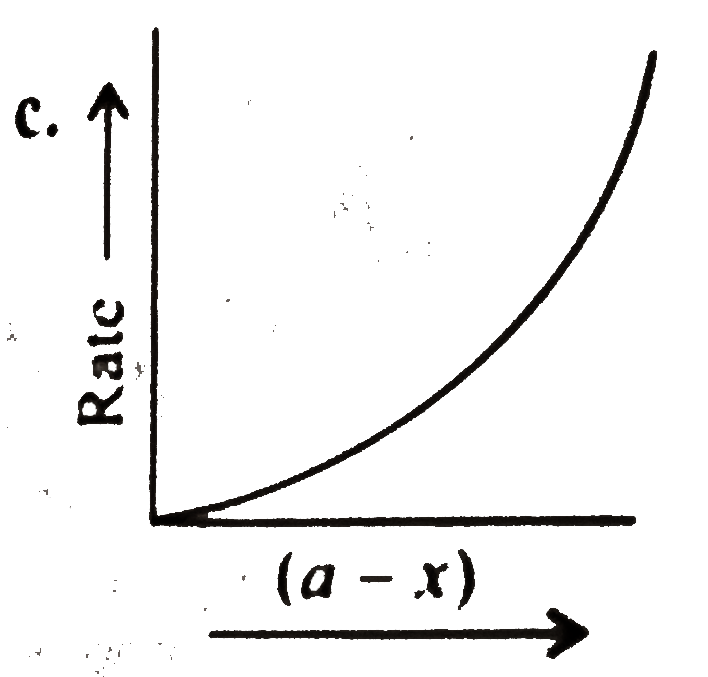 D
D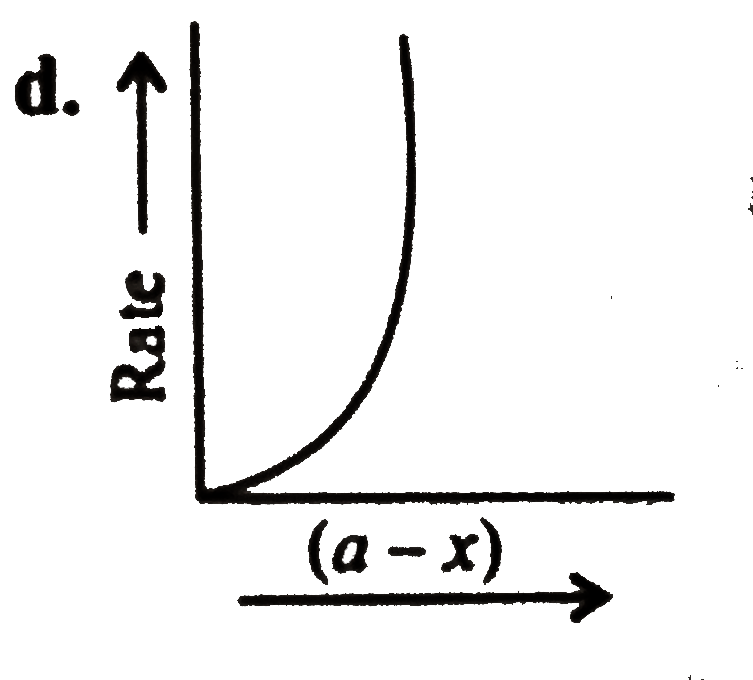
- Question 3 - Select One
Which of the following graphs is correct for a zero order reaction ?
A B
B C
C D
D
